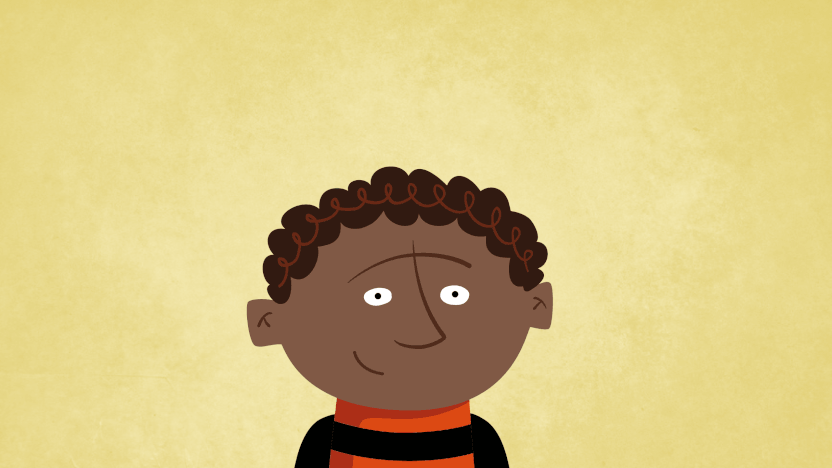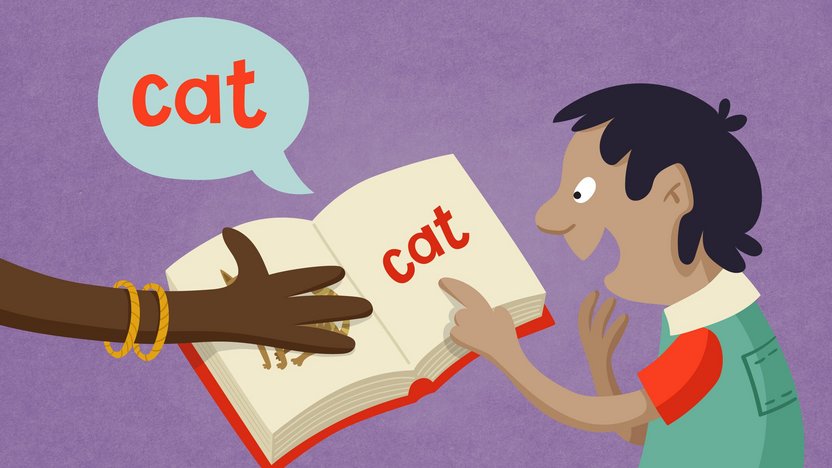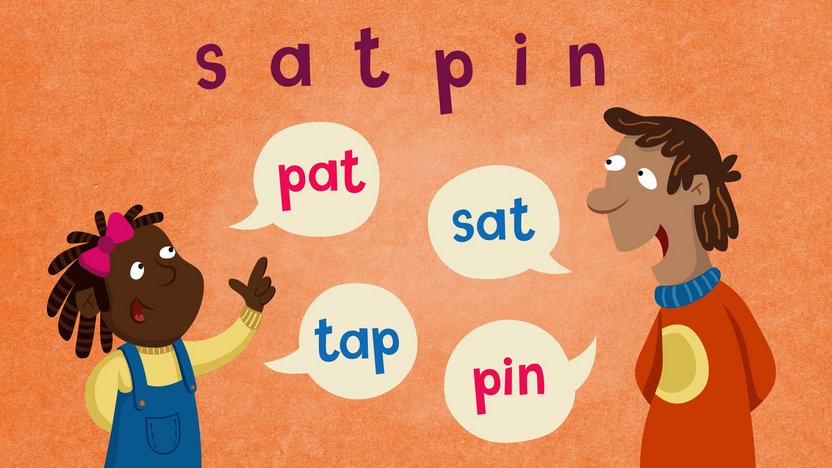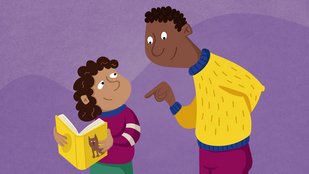How To Help a Child: 5-7 years
When children start school they are exposed to written text. First follow the steps from this list. Before teaching phonics, give them phonological awareness instruction.
- Use pictures and spoken language (no written words yet).
- Use CVC words, e.g. 'cat' is a CVC word because it is made up of a consonant vowel consonant
- Can they identify the beginning sound, e.g. cat...c
- Can they identify the middle sound, e.g. cat...a
- Can they identify the end sound, e.g. cat...t
- Can they tell you how many sounds make up 'cat'...3.
- Next teach them how to substitute a sound, e.g. swap the first letter 'c' to 'h' to make 'hat'.
- Continue talking to them about language. What is a hat? Tell me how many different hats you can think of...a chefs hat, police hat, French beret, baseball cap etc.
- Explain the concept of rhyming - that when the first sound is changed to a different one the words rhyme.
- Can they think of a word that rhymes with 'bat' ...cat, sat, pat, rat

Language isn't only about what is on the written page, it is also about the spoken word. Start to introduce the letters after they have good phonological awareness.
Introduce the letters and show them how to build words
- Use only decodable books (decodable books are books filled with words that they can decode themselves).
- Guessing at the word and getting it right isn't reading it.
- Reading the same sentence over and over again might help the child remember the story, but it won’t help a child learn to read each word. It is important that the child understands how to decode each word, so that they can read it in another context.
- Check to see if they are reciting the words from memory without looking at the words. Cover up the pictures - can they still read the words?

Correct sounds
- It is important to say the sounds crisp and clear without adding a vowel sound to it. For example the sound the letter ‘P’ makes is not “Puh”. (sound example for p and, s or n).
- Start with a small group of letters, e.g. s a t p i n and teach them how to blend the sounds together to make a word. sat, pat, tap, tin, pin, is, it
- Help them write the words.
- Introduce a few of the first high frequency words 'a' 'I' 'the' 'and'.
- Now help the child read a short sentence 'Tap the tin.’
- Don't use flash cards to try and get them to memorize the way high frequency words (Tricky Words) look. Encourage them to try and sound out as much of the word as they can.


